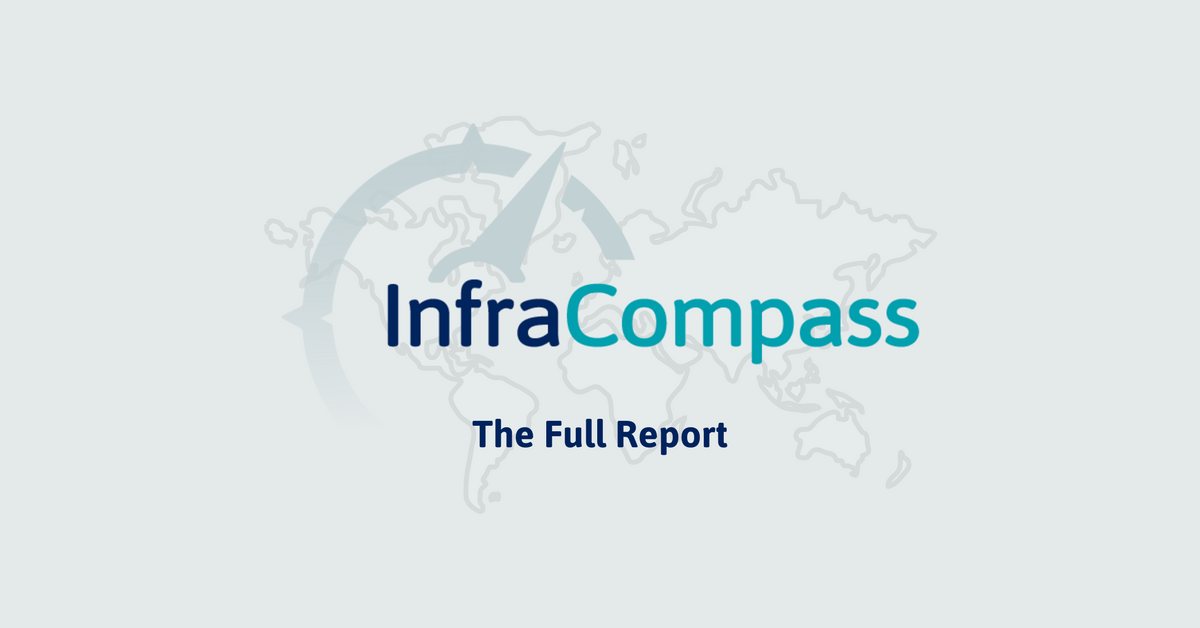610 results found
Featured results



More results
This report compares Johannesburg’s Bus Rapid Transit with Its Latin American Siblings

We reviewed existing literature, conducted case studies and interviews, and found that the smart cities context has transformed traditional ITS into “smart mobility” with three major characteristics: people-centric, data-driven, and powered by bottom-up innovations.

Connections is a series of concise knowledge notes from the World Bank Group’s Transport and ICT Global Practice. Connections discusses projects, experiences, and front-line developments in Transport and ICT. This set includes notes from 2015 and 2016.




District heating (DH) is the most common form of heating for urban dwellings and businesses in many of the EBRD’s countries of operations (CoOs).


WHO and UNICEF established the Joint Monitoring Programme for Water Supply, Sanitation and Hygiene in 1990, and published regular global updates throughout the Millennium Development Goal period.


This paper examines climate-change impacts on hydropower generation using an econometric model of the determinants of hydroelectric generetion.

In a recent study, we looked at the economic effects of the EU’s external aviation policy with third countries, focusing on 27 countries with which the EU has Air Services Agreements with varying degrees of liberalization.2








The report identifies and illustrates three critical success factors that governments should be aware of and should seriously consider for their operations and mainteance strategies.



The board of directors plays a key role in setting and overseeing an organization s strategy, including the planning and execution of key capital projects.



The World Economic Forum publishes a Financial Development Index annually, which measures and analyses the factors enabling the development of financial systems among different economies.



The report and over 50 separate databases provide accurate and reliable forecasts to 2030 and analyse the market dynamics in 48 major construction markets representing almost 90% of world output.



The Global Infrastructure Investment Index ranks the world s 41 most dynamic countries with the greatest potential for growth and investment in their economic infrastructure.





 Link
Link





